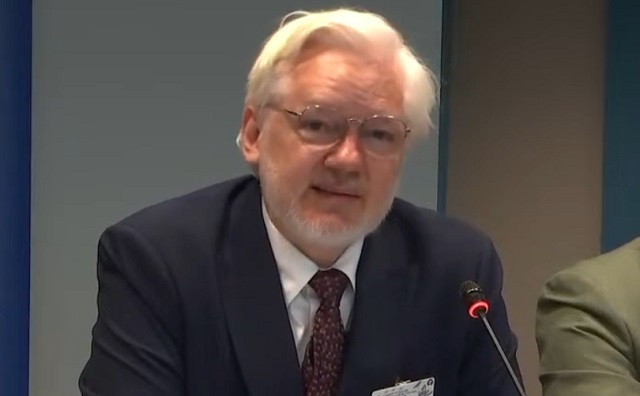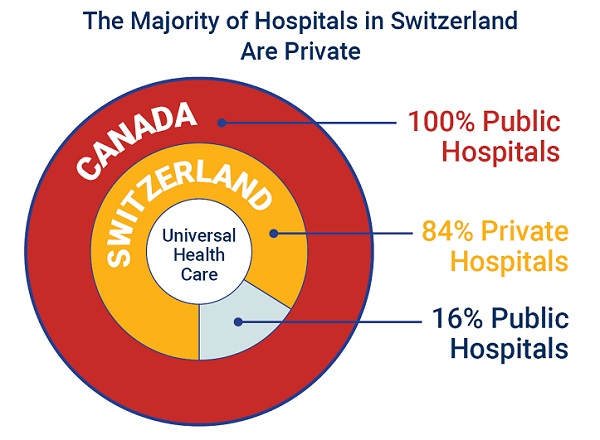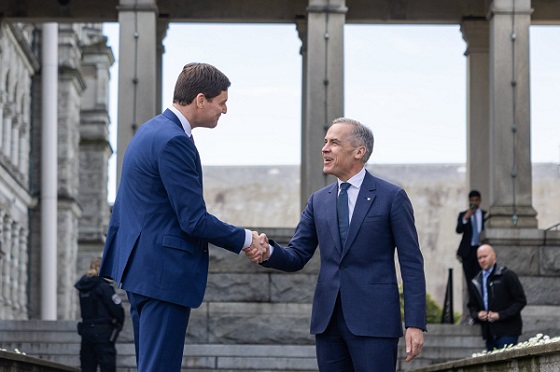From The Center Square
After leaving the G7 summit ahead of schedule, President Donald Trump quashed any talk of trying to broker a ceasefire between Israel and Iran.
Trump told reporters onboard Air Force One early Tuesday morning he wasn’t looking for a ceasefire but is seeking “a real end” with the Islamic Republic “giving up entirely” on their nuclear weapons.
The president underscored previous comments regarding Iran not having nuclear weapons.
“Iran cannot have a nuclear weapon. It’s very simple – you don’t have to go too deep into it. They just can’t have a nuclear weapon,” Trump told reporters.
The president called out French President Emmanuel Macron for falsely claiming Trump was headed back to the White House in a bid to negotiate a ceasefire.
“Publicity seeking President Emmanuel Macron, of France, mistakenly said that I left the G7 Summit, in Canada, to go back to D.C. to work on a ‘cease fire’ between Israel and Iran. Wrong! He has no idea why I am now on my way to Washington, but it certainly has nothing to do with a Cease Fire. Much bigger than that. Whether purposely or not, Emmanuel always gets it wrong. Stay Tuned!” the president posted to Truth Social.
“I’m not too much in the mood to negotiate [with Iran],” Trump told reporters. “An end, a real end, not a ceasefire, real end.”
The president tried to quell concerns that Iran may target U.S. assets in the region, reiterating earlier warnings to the Islamic Republic.
“We’ll come down so hard, it’d be gloves off…I think they know not to touch our troops,” Trump told reporters.
The president left the door open to sending Vice President JD Vance or Steve Witkoff, special envoy to the Middle East, to meet with Iranian officials.
“Depends on what happens when I get back,” Trump told reporters.
Upon returning to the White House early Tuesday morning, the president said he would head to the situation room. He argued that returning to the White House allowed him to learn more.
“Just to be a little bit, I think more well versed, not having to use telephones so much because I don’t believe in telephones, because people like you listen to them…Being on the scene is much better, and we did everything I had to do at the G7,” the president said.
The White House announced the president’s departure from the summit Monday afternoon after multiple reports claimed the U.S. was taking part in the campaign against the Islamic State.
Alex Pfeiffer, deputy assistant to the president and principal deputy communication at the White House, quickly disputed the reports.
“This is not true. American forces are maintaining their defensive posture, and that has not changed. We will defend American interests,” Pfeiffer posted to X.
Earlier on Monday, Trump posted an ominous message to Iran and its people, warning them to evacuate.
“Iran should have signed the ‘deal’ I told them to sign. What a shame, and waste of human life. Simply stated, IRAN CAN NOT HAVE A NUCLEAR WEAPON. I said it over and over again! Everyone should immediately evacuate Tehran!” the president posted to Truth Social.
He followed the warning with another post, reiterating that Iran should not have nuclear weapons.
“AMERICA FIRST means many GREAT things, including the fact that, IRAN CAN NOT HAVE A NUCLEAR WEAPON. MAKE AMERICA GREAT AGAIN!!!” he posted later.
As the conflict enters the fifth day of fighting, Israel Defense Forces announced that it had “eliminated” another top Iranian military commander.
“For the second time in 5 days – the IDF has eliminated Iran’s War-Time Chief of Staff, the regime’s top military commander. Ali Shadman, Iran’s senior-most military official and Khamenei’s closest military advisor, was killed in an IAF strike in central Tehran, following precise intelligence,” the IDF posted to X.
This is a developing story.













